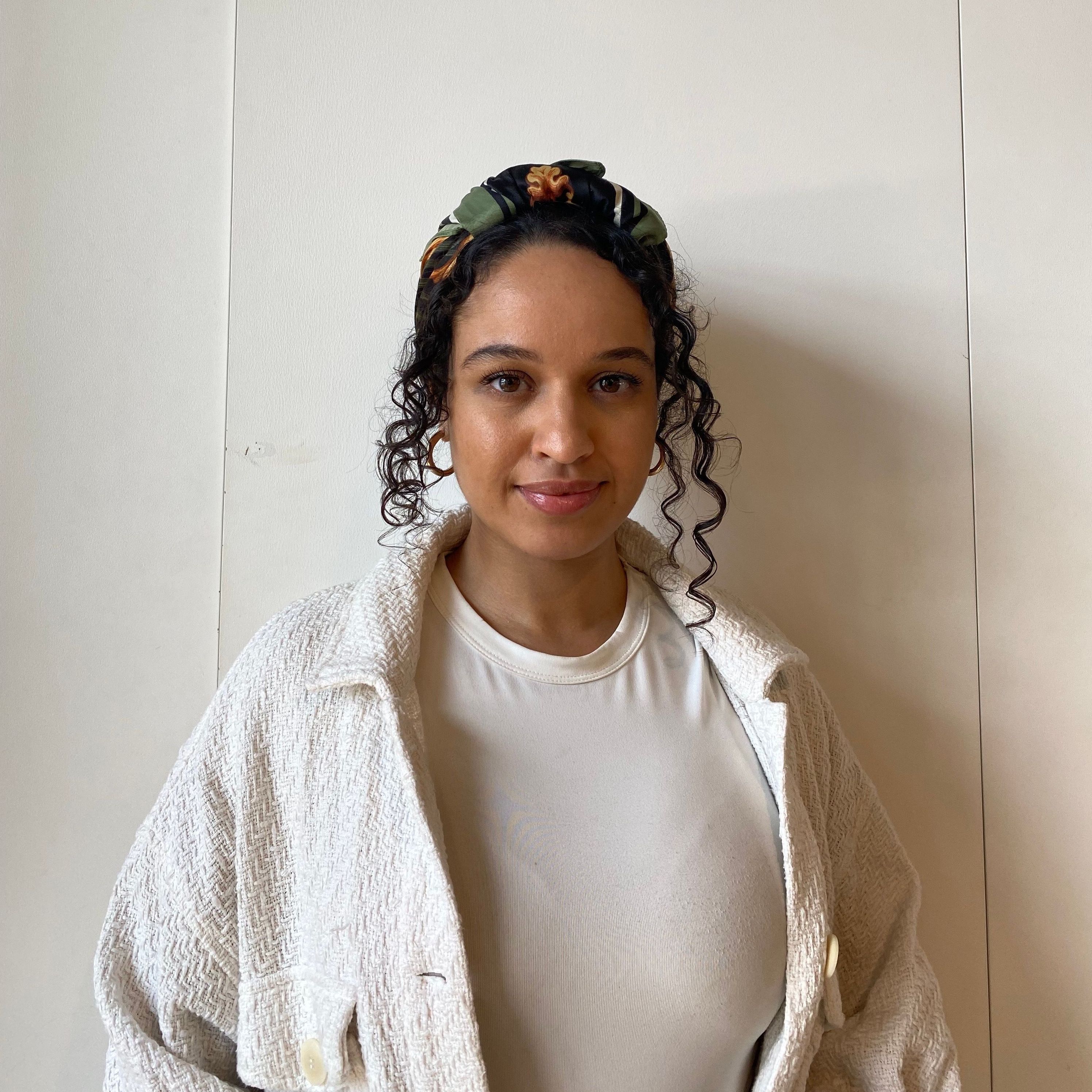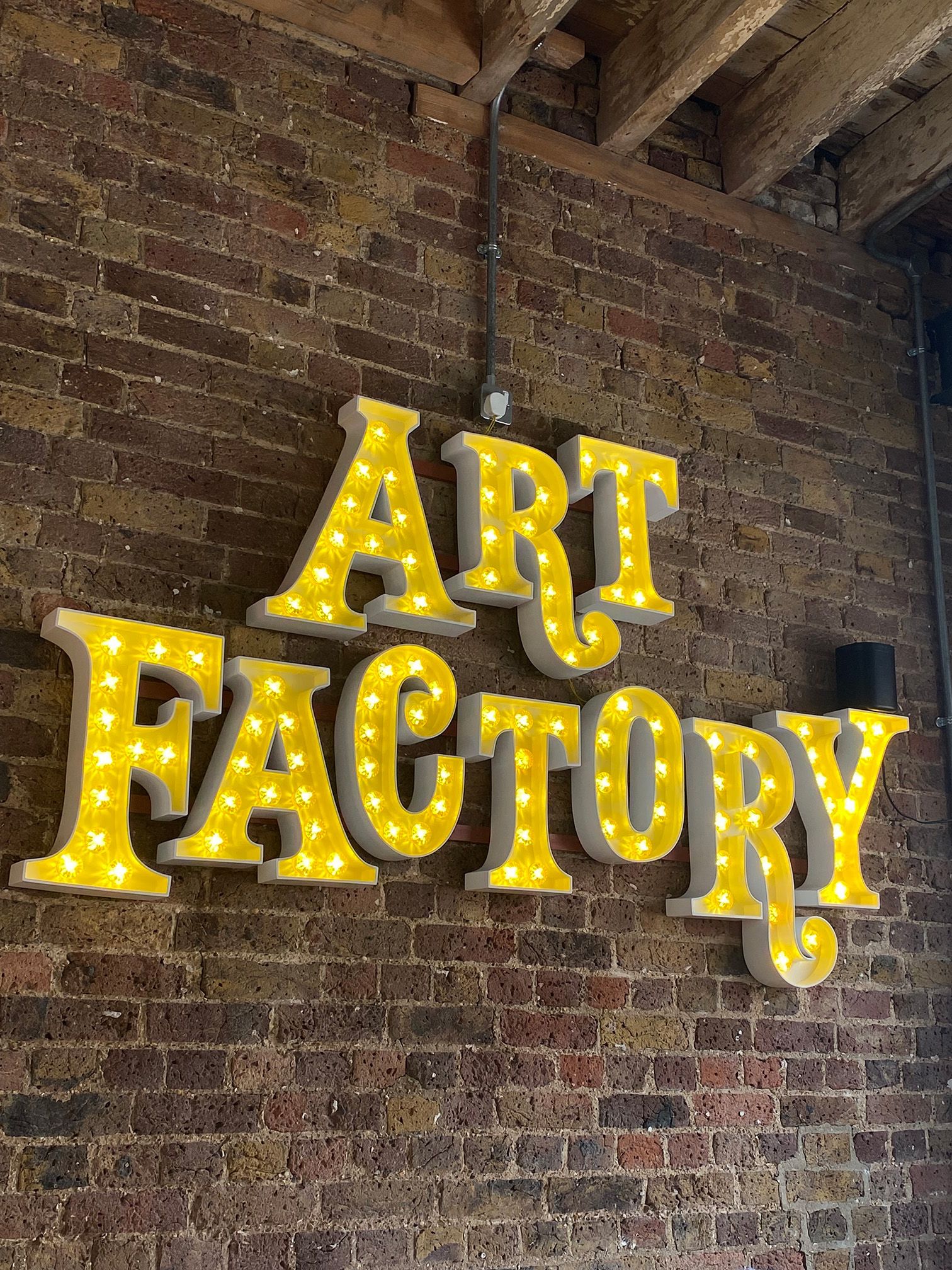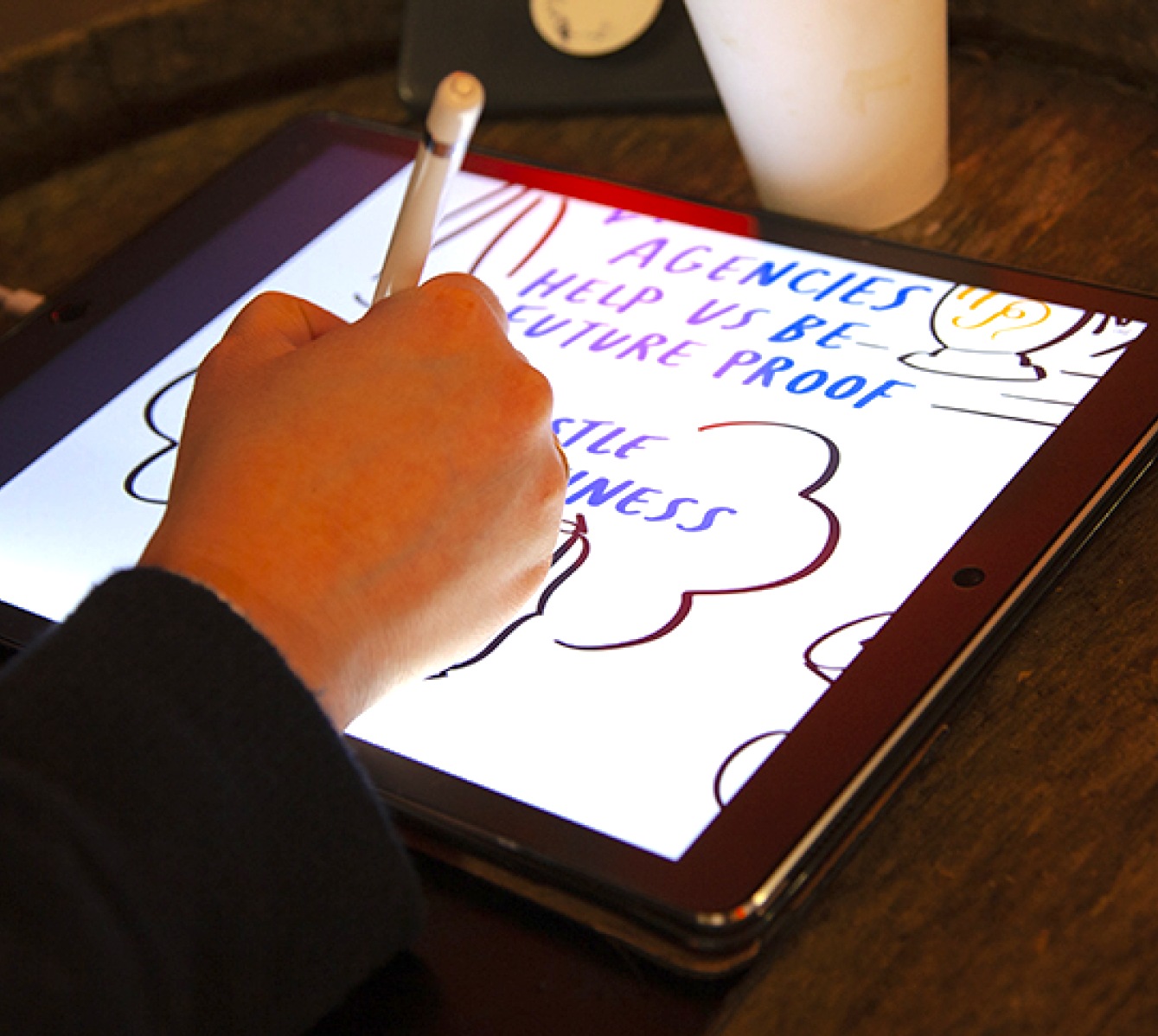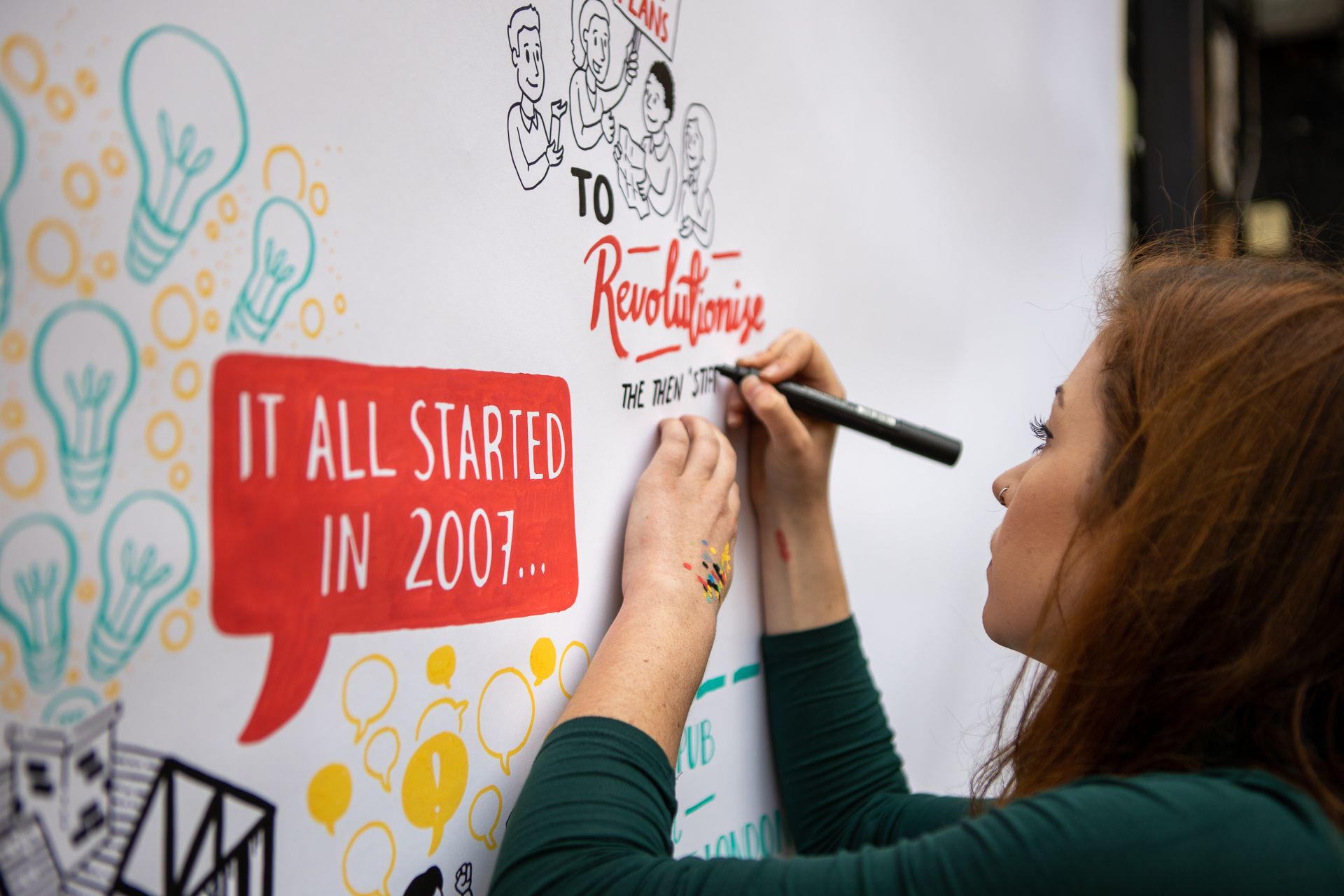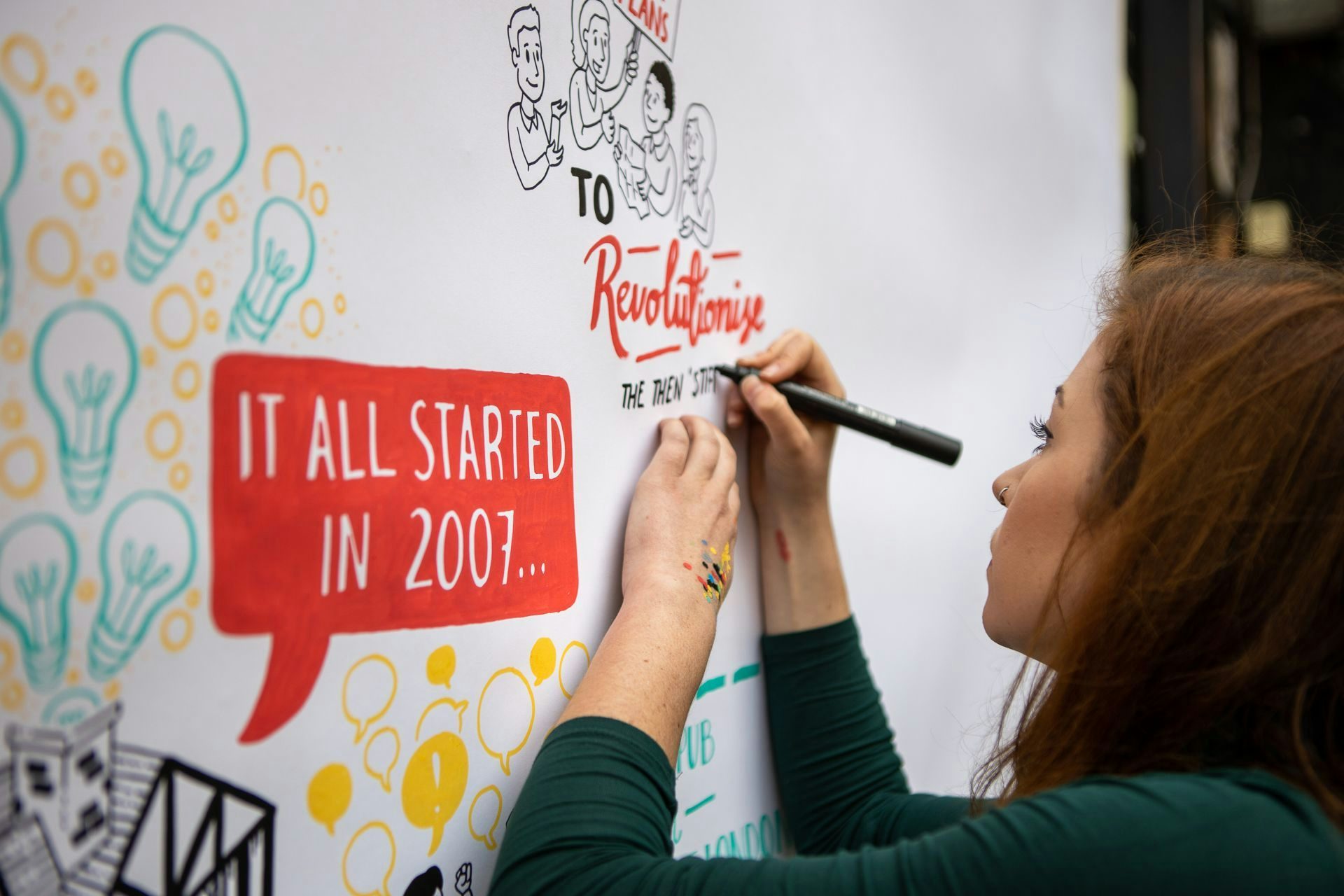
How scribing can make hybrid events more engaging for participants and more effective for hosts
In any event where you’re bringing people together to learn or share ideas, we believe it’s scribing that can elevate engagement and help drive the discussion forward.
In the years since the pandemic, the world has well and truly changed. There’s no “back to normal” about it. Ways of living are now more flexible than ever, and this includes how events and meetings are being delivered and attended.
Some are choosing to go back to events in real life, while others are happier tuning in from the comfort of their own homes. Hybrid events can create a more equal playing field for everyone, reduce emissions from travel, and unite people across the globe.
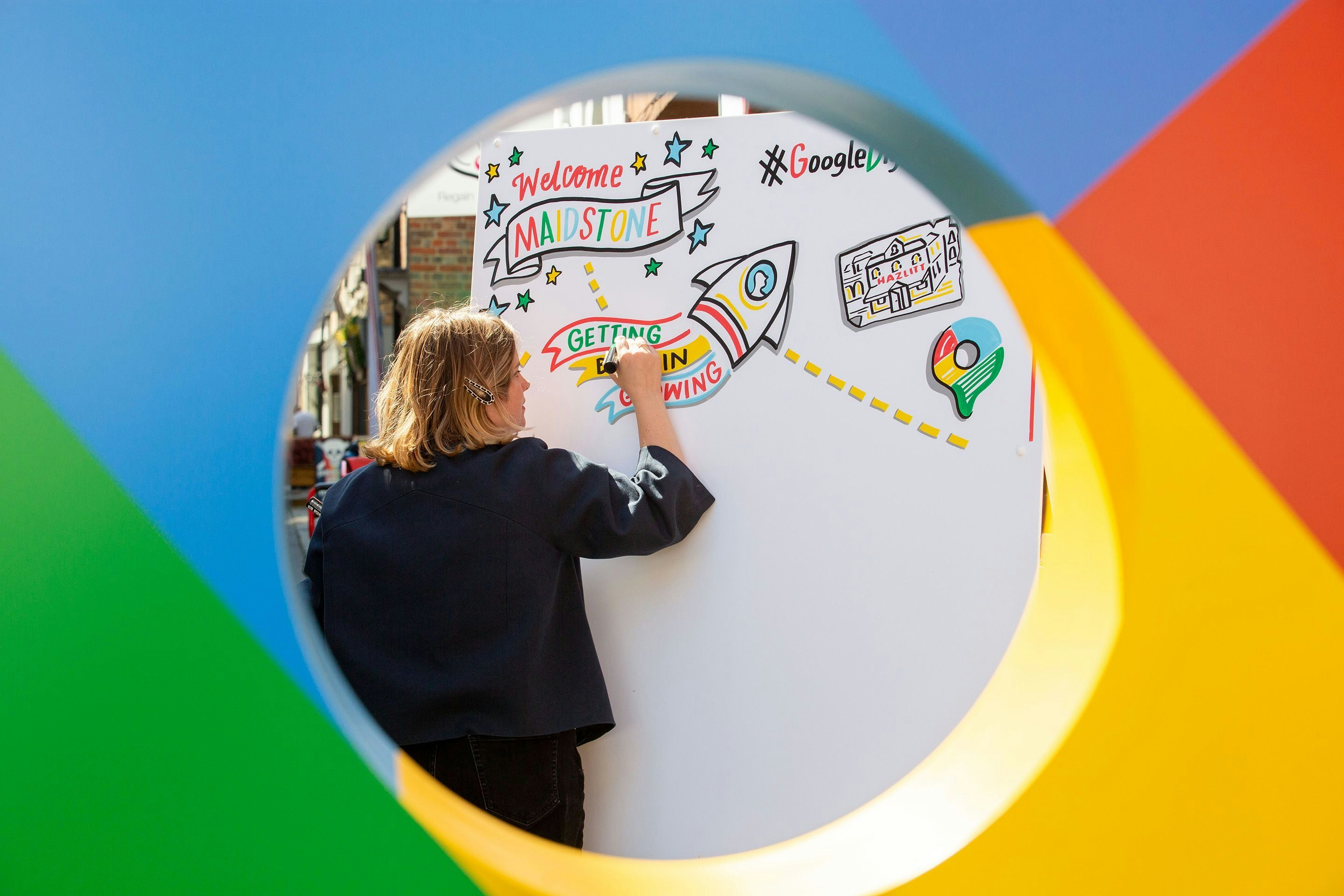
One thing’s for sure: Hybrid events are here to stay - which means it’s never been more important to find different ways to keep all audiences engaged; whether they’re right there in the room or tuning in from another continent.
Here at Think Artfully we have seen a big increase in scribing being used for hybrid events over the last few years, and hybrid scribes now account for at least 50% of our scribing events.
So, with many webinars, talks, presentations, annual meetings, etc., being delivered predominantly via speech - and with “Zoom Fatigue” impacting digital events as our brains continue to re-adjust to live event participation - is scribing the missing piece of the puzzle?
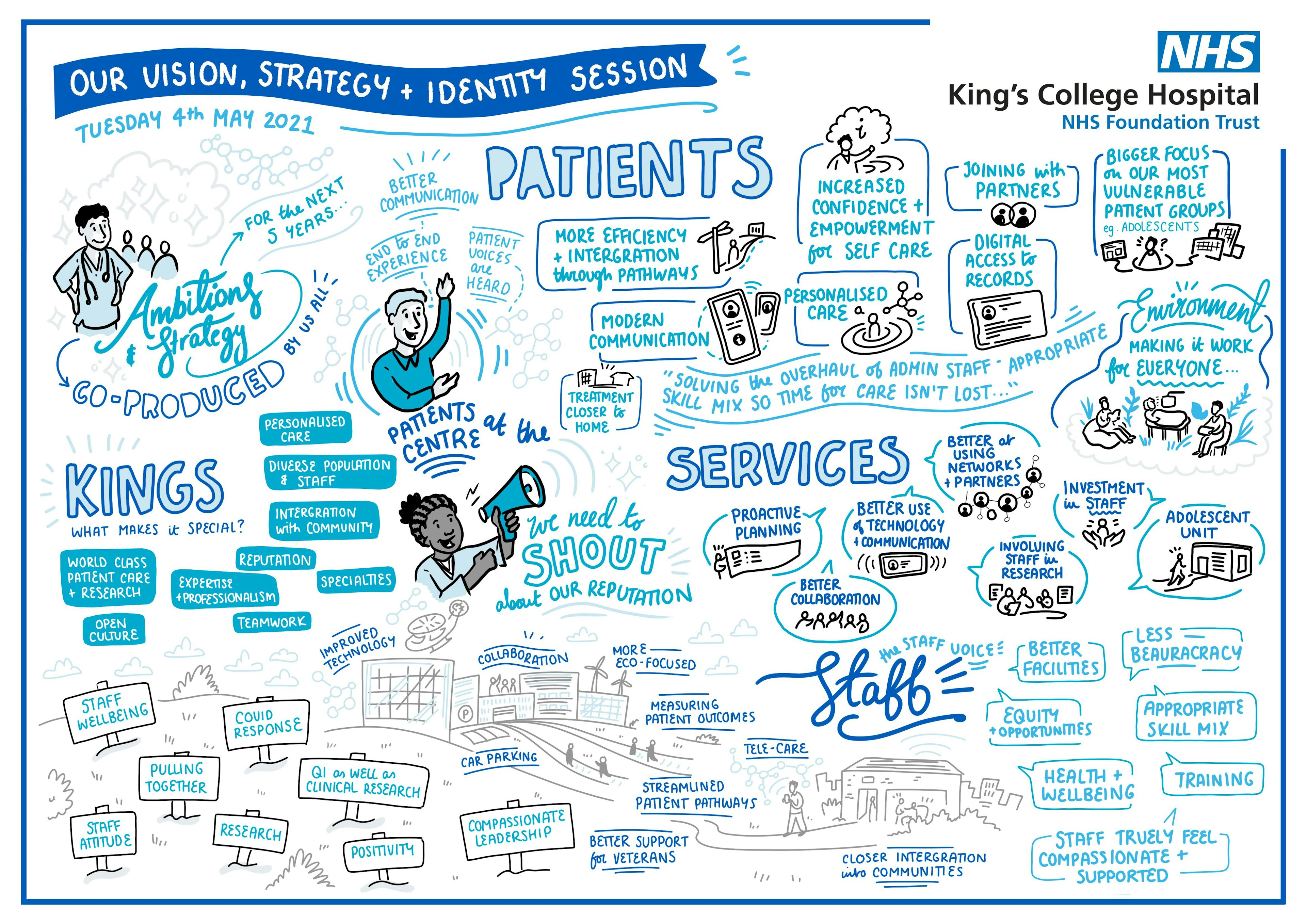
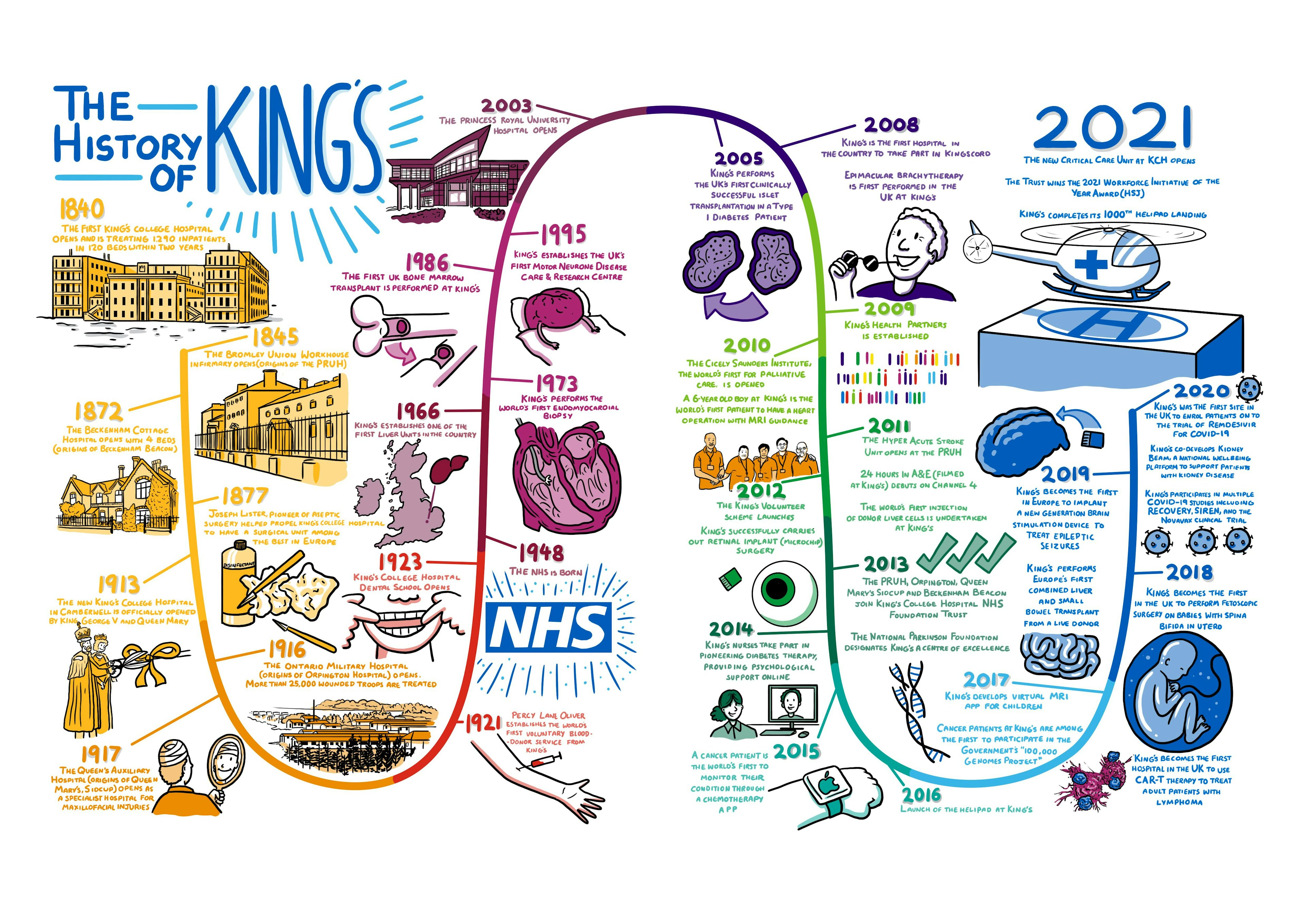
What is scribing?
First used in Ancient Egypt, scribing was used to record everything including food stocks, legal agreements, and most importantly of course… magic spells for people who couldn’t read and write. Now, over 4000 years later, Scribing is used to visually communicate ideas in real time.
It can be used for anything from presenting reports, company announcements and strategy meetings to workshops, webinars, talks and conferences. And can happen either digitally or physically, on boards and walls.
Find out more about the different types of scribing available, here.
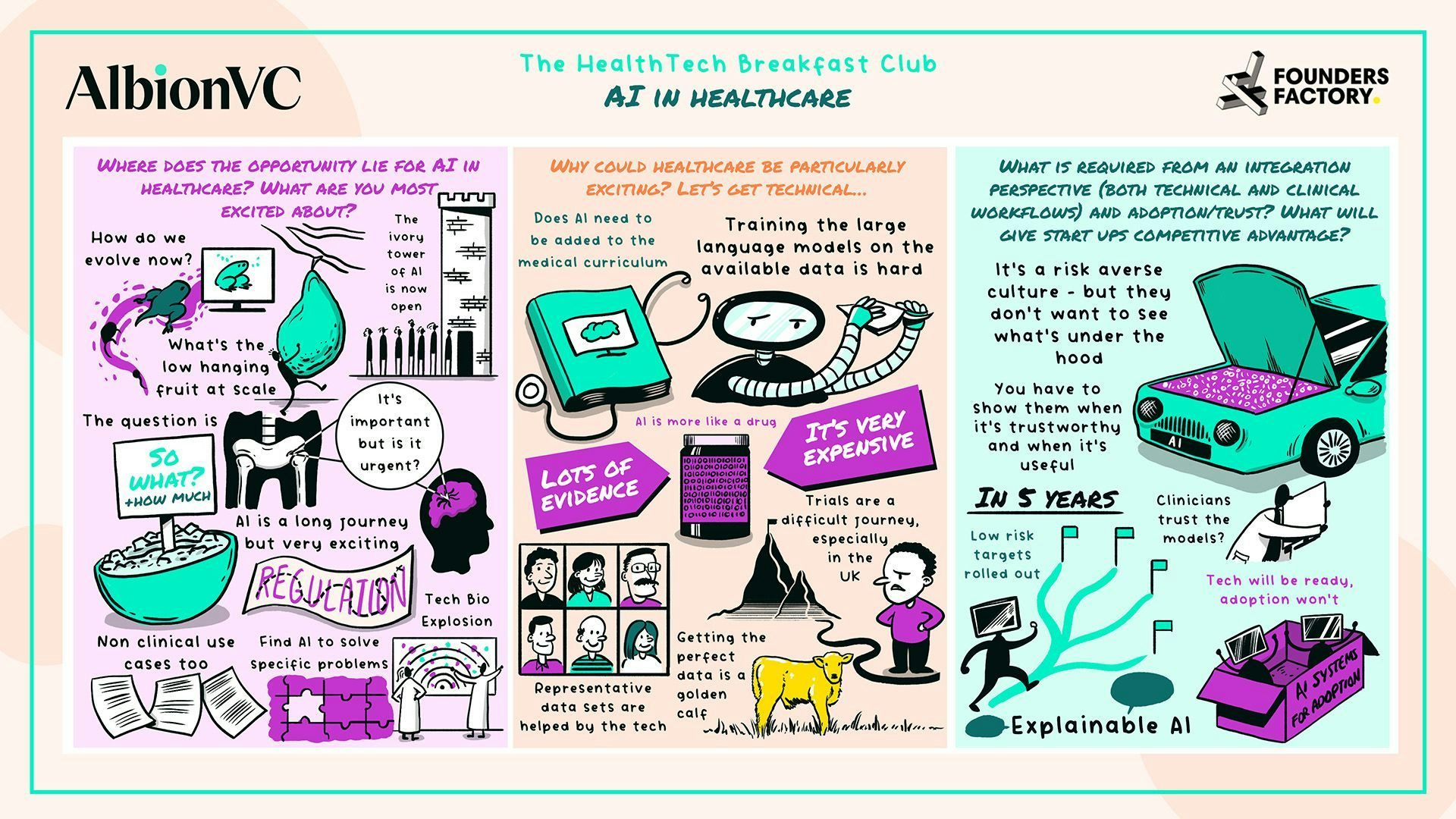
Processing, retaining and recalling information
Given around 80% of people attend events for educational reasons, it’s essential the information is delivered in engaging and memorable ways.
And when it comes to learning, there’s increasing research into how people absorb, process, and recall what they are presented, with research strongly supporting the theory that scribing helps us learn faster and retain information for longer.
It’s widely reported that over 90% of information our brains process is visual. Hear some information and three days later you’ll remember around 10% of it. See some information, and three days later you’ll remember closer to 65% of it. Most people - around 60% - are visual learners, so engaging a scribe artist to visually document key points as they happen and create a visual timeline of the conversation as it unfolds will help speed up the processing of information for many people and commit the information to memory for longer.
Plus, as awareness around neurodiversity and needs only increases, scribing will become a more integral part of meeting accessibility standards.
Legacy and longevity
One of the valuable things about live scribing is that what's drawn during the session creates a visually interesting and informative infographic that can be shared after the event is over, serving as a reminder of the messages shared and discussion created. Not only that, it can be updated and reused time and time again.
So, if you have a big event, a company-wide meeting, a workshop, conference, or a meeting of minds coming up, get in touch today to find out how we can help bring clarity and unite people through scribing.
There’s only room for a fraction of our portfolio online. If you’re after specifics, get in touch. We’ll create something just for you.
Get in touch

